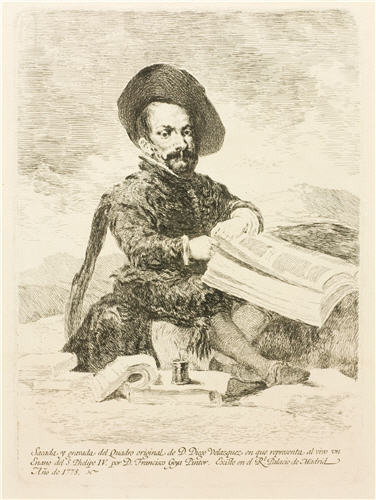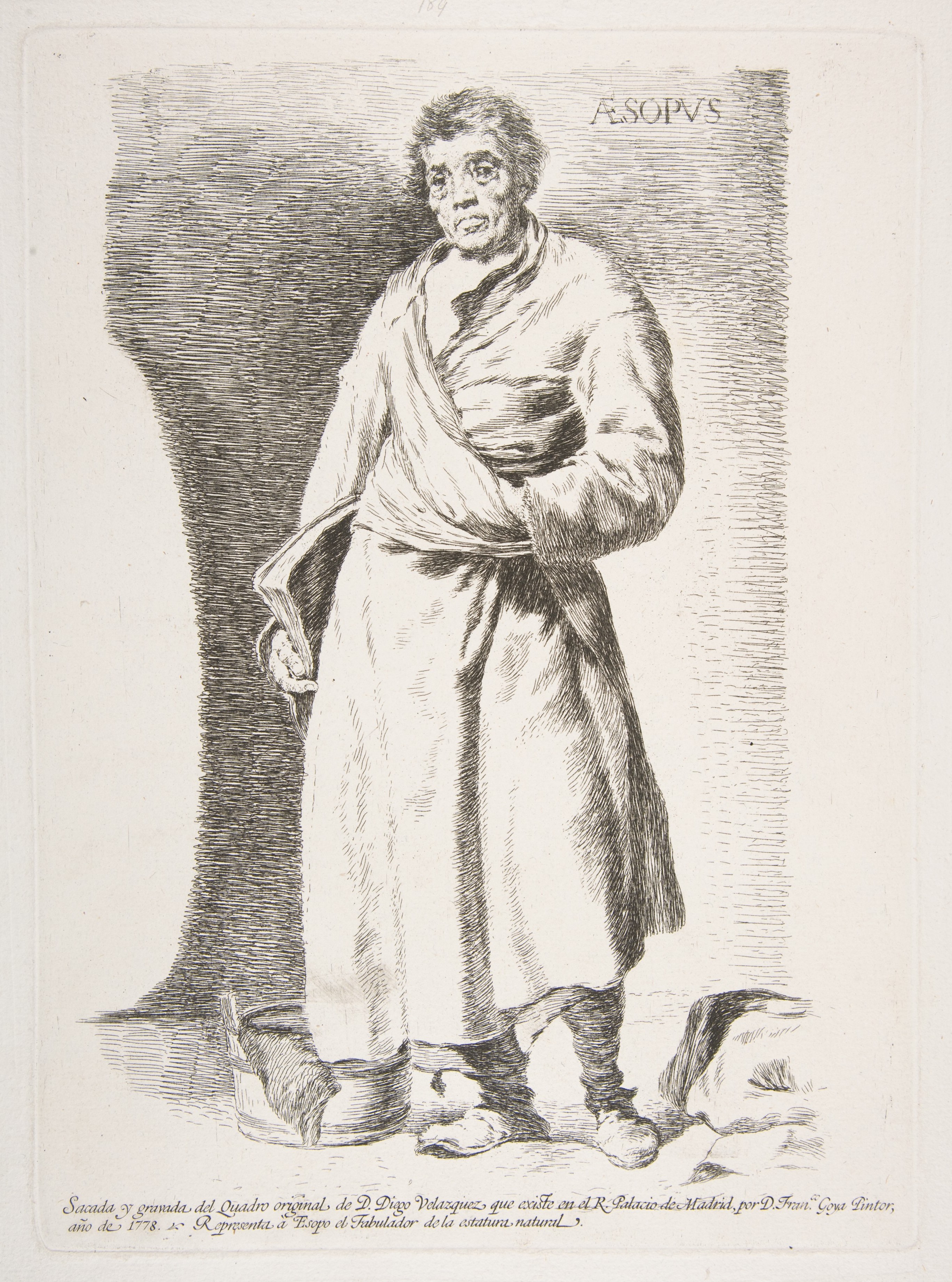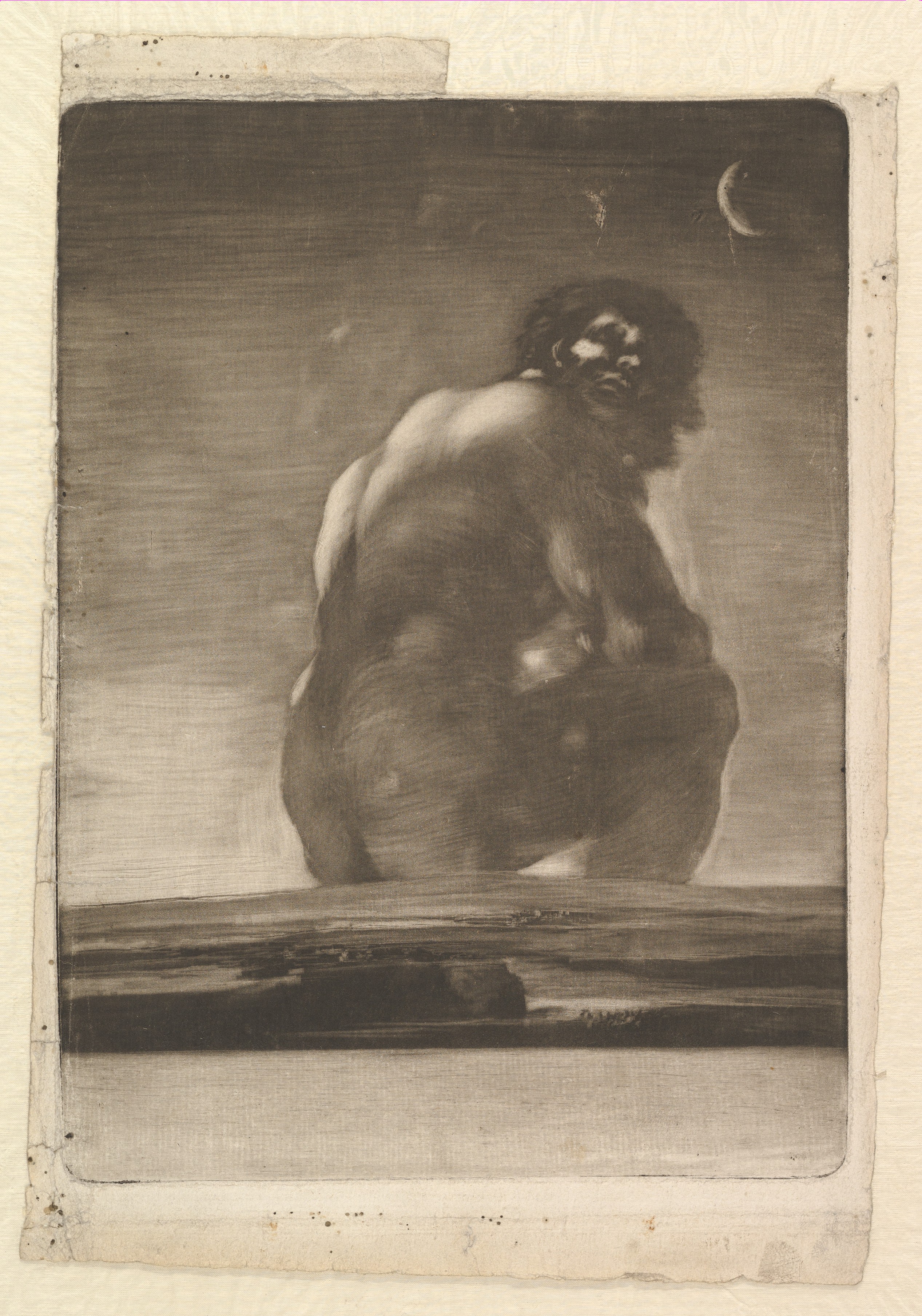Kimbell Art Museum
October 7, 2018 to January 6, 2019




Francisco de Goya y Lucientes, Bellos Consejos. (Pretty Advice) Caprichos 15, 1797–99. Etching and aquatint with burnishing and burin; first edition. Gift of Miss Katherine Eliot Bullard. 14.1767. Photograph © Museum of Fine Arts, Boston.
In the Kimbell’s exhibition, Goya’s principal series and best-known compositions, including the Caprichos series, The Sleep of Reason Produces Monsters, Disasters of War, Disparates, and Tauromaquia, will be represented in detail, some works in multiple impressions, to show the creative evolution of the artistic process of a genius.
Comprised of prints from the MFA’s renowned collection of works by the Spanish artist Francisco Goya (1746–1828), the exhibition explores grand themes of war and revolution, as well as more intimate aspects of the human condition. Goya’s subject matter—directly critical or slyly satirical—frequently addresses the extremes of human behavior and emotion. One of the titans of European art, the Spanish master examined opposites—black and white, night and day—to better understand and express the range and nuances of experience.
Court painter to four kings of Spain and a prolific portrait painter, Goya turned to printmaking to augment his finances, to advertise his artistic talents, to educate and produce propaganda, and to stimulate his creative energies. He made four major print series—Caprichos, Disasters of War, Tauromaquia, and Disparates—with the intention of exposing personal and institutional folly, and the terrors associated with the violence of war. In Goya’s prints, the deep black of etched lines and the white glow of paper are expressive vehicles for accentuating moments of heightened emotion or historical consequence. Goya also made drawings in series, and his extended sequences on paper can be viewed as philosophical essays of the Enlightenment, in visual form.
The exhibition features prints from Goya’s four major print series,


Aesop (Aesopus), from Etchings after Velazquez
as well as prints after Velázquez;
“The Bulls of Bordeaux” lithographs;
For more information, see the related essay about The Bordeaux Lithographs.
Bullfighting Scene, known as Suerte
de Varas
1824
Oil on canvas
The J. Paul Getty Museum, Los Angeles
[cat. no. 22]Goya painted this powerful work in Paris in the summer of 1824 as a gift for the wealthy businessman Joaquín María de Ferrer y Cafranga, who commissioned portraits of himself and his wife at the same time. (They are also included in this exhibition.) Some of the motifs in the painting recur in the lithographs below, the Bulls of Bordeaux, made the following year. Goya applied paint with a brush, palette knife, and his thumb covered in a rag, giving the painting a rough, expressive quality that accentuates the ferocity of the subject matter.
El famoso Americano, Mariano Ceballos
1825
Crayon lithograph with scraper, on white paper
The Metropolitan Museum of Art, New York, Bequest of Mrs. Louis H. Porter, 1946
[cat. no. 23]The Spanish American matador Mariano Ceballos gained a reputation in Madrid for his ability to fight one bull while mounted on another, a risky performance that cost him his life in 1780. Goya provides a dramatic setting for the lunging move of his protagonist by leaving the stone behind him almost white, as if he were illuminated by a spotlight.
1825
Crayon lithograph with scraper on white paper
The Metropolitan Museum of Art, New York,
Rogers Fund, 1920
[cat. no. 24]This print reveals Goya’s linear shorthand, in which forms are abstractly represented by staccato strokes and touches. In a similarly unorthodox construction of space, the perspective is tilted forward, closing out the sun, the sky, and all but the first few rows of spectators.
Dibersión de España (Spanish Entertainment)
1825
Crayon lithograph with scraper on white paper
The Metropolitan Museum of Art, New York,
Rogers Fund, 1920
[cat. no. 25]This lithograph depicts the moment at the start of a fiesta when the bulls run free and foolhardy amateurs charge the ring — with somewhat gruesome results. Rough highlights appear where the oily crayon has been carved away from the stone with a scraper. By distorting the size of the animals in relation to the crowd and surrounding them in a brilliant ring of light, Goya magnifies the power of the bulls and the dangers they pose.
Plaza Partida (Divided Ring)
1825
Crayon lithograph with scraper on white paper
The Metropolitan Museum of Art, New York,
Rogers Fund, 1920
[cat. no. 26]
In Spain, canceled fiestas were often made up by scheduling simultaneous corridas in an arena divided by a temporary wall, such as the one seen here. Goya scatters the focal points over the surface of the print, re-creating the visual stimulation that would have been experienced by a witness to the spectacle.

and the spectacular, rare aquatint Seated Giant, a landmark in art history and a prime example of the tension between night and day, power and paralysis, that characterizes Goya’s work.
Also included are rare trial proofs for the prints and first-edition impressions, with examples showing Goya’s working methods as he developed an idea from drawing to proof to final state.
This exhibition is organized by the Museum of Fine Arts, Boston.




